|
The Worcester Memorial Auditorium is a piece of living history, and touring the space with new visitors will never get old. They are often awed by the enormity of the auditorium and the grandeur and solemnity of the WWI memorial hall. One of our favorite kinds of tours, though, are the ones that include a close look at the Auditorium’s Kimball organ. Most people can appreciate the sheer size and scale of the instrument, but it’s the musicians that stop and gape. This fall, John Roper of Plenum Organ Company, stopped by to conduct an on-site inspection of the instrument, and shared so much information with us. The following are excerpts from his report. “The Kimball organ, housed within the Worcester Memorial Auditorium, was constructed in 1933 and is designated as that builder’s opus number 7199. Comprising 107 ranks, or sets of pipes, the organ boasts a total of 6,841 pipes. These pipes, varying in length from 32 feet to 6 inches, are meticulously crafted from a blend of metal and wood materials. Pipe organs are some of the most complex creations ever made, combining mechanical and electrical parts, all handcrafted from wood, metal, leather, and other materials. Their precise construction ensures their durability. However, like any item made from natural materials, organs need regular care to keep working. While it did receive some attention in 2016, the organ in the Memorial Auditorium has been left idle for some time. As a result of this dormancy, it now needs some work to make it fully playable again. This instrument is a historically significant piece due to its builder, Kimball, a renowned name in the world of organ design and construction. Kimball was known for its tonal design philosophy and was instrumental in the "Symphonic" style of organ building, which sought to make the most lush and warm-sounding orchestral-style instruments. This particular organ, built in 1933, stands as a testament to the high-quality craftsmanship of the firm and the sound of its instruments. Moreover, the organ's unaltered state enhances its historical value, offering a unique glimpse into the original craftsmanship and design philosophy of the era. It is a rare sight to see a Kimball (Chicago) organ in New England which was dominated by the Boston-based builders of the day. The preservation of such an instrument provides invaluable insights into the evolution of organ design and the musical history of the early 20th century. Therefore, it is not just an instrument, but a piece of history that deserves to be valued and preserved. A fitting piece for the auditorium. It's important to note that the organ remains in remarkable condition compared to many of its contemporaries, some of which have been modified or even destroyed. The majority of the issues listed (such as leather deterioration and outdated wiring) are expected given the instrument's age. After all, even we as humans experience wear and tear over time. I strongly recommend leaving the instrument enclosed and unmodified in its current location to ensure its preservation for future generations.” We are so thankful for John’s visit and his report, and we leave you with this moment of stunning beauty, as John plays the Worcester Memorial Auditorium’s 1933 Kimball Organ. We are doing lots of fun digging into the social history of the Auditorium these days, looking for memories and interesting stories that are buried in the archives and people’s memories. We know a good deal about the building itself - but we are really interested in finding out more about people’s connections to the grand space over the years. Did you celebrate the High Holidays there? Did you attend a particularly memorable concert there? How about a wrestling match? Basketball game? We’d love to hear your personal stories about The Aud. Share them below in the comments or email us at [email protected] We are thankful for our friends at the Worcester Historical Museum and the Worcester Public Library for their recent help! We are so lucky to have these institutions in our fair city. Here are a few fun story snippets we’ve been collecting over the past months. Bob Cousy Jake Sanders had the chance to connect with local hero Bob Cousy earlier this year - a big one for the Boston Celtics legend. The 94 year-old was honored as part of the NBA 75 in February, and recently helped open the second season of baseball at Polar Park. Cousy has a lot of fond memories of the Worcester Auditorium, starting when the Holy Cross Crusaders made the move there after playing their games at South High School for many years. Cousy remembers this as a really big deal: suddenly, they could have an audience of 3,000, with a few hundred more fans in the Little Theater. Another fun memory? In 1950, Cousy finally answered the local call to put up a team against local famed basketball star, Ziggy Strzelecki, a Clark alumni and a local teacher with a big reputation. The local press had been pestering Cousy to play Ziggy for years - sure that the Holy Cross star had nothing on Strzelecki. It turns out that Cousy vs Ziggy was a hot ticket - they sold out two nights of basketball. No word on who came out on top. A few years later, Cousy returned to the Auditorium with the Boston Celtics, who were interested in testing the waters in Worcester. Cousy remembers it wasn’t as big of a draw as the Ziggy Strzelecki games. Bob Dylan Picture this: it’s 1975, you’re a college student at one of the many Worcester schools. A Bob Dylan promoter pushes a handbill into your hands - Bob Dylan will be playing a show at the Worcester Auditorium next week for $8.50 a ticket. Joan Baez will be opening the show. As the Telegram reported: “Dylan would be doing a tour of the Northeast at the smaller auditoriums and coffee houses to ‘play for the people, the ones who never get to see him.” The show sold out in 5 hours. Our favorite bit from this blurb? This quote from Cliff Robertson, manager of the Auditorium: “I don’t know this fellow Dylan. And I’m 63 now and not about to learn. But somebody told me he could even fill an auditorium with 10,000 seats.” And here’s a bonus: Bob Dylan, singing Hurricane, at the Worcester Auditorium at that very concert. How about those acoustics!? Fats Domino
Another fun find from the archives: in 1956, the Worcester Auditorium played host to a Fats Domino concert that apparently had the police force on edge. Reports from other concerts around the country had been coming in that Fats Domino’s brand of rock n’ roll was so exciting that his young crowds often took to the aisles to dance - a big no no at the time. From the Worcester Gazette: “One young man leaped into an aisle and gave a demonstration of Elvis Presley’s shivers that was surprising in its accuracy. Another group in the rear of the hall, thwarted from dancing in the aisles, pushed rows of seats to one side so they could dance within the circle of seats formed. But the police eventually got in there too… When it was all over, the officers must have enjoyed their signs of relief. One said he dreaded to think what might have happened if Fats played another 15 minutes.” The Artist's Family: A Conversation with Marie and Jim Rose, Daughter and Grandson of Leon Kroll4/26/2021
To enter the Shrine of the Immortal at the Worcester Memorial Auditorium is to step into a breathtaking display of devotion. Devotion to the young men and women who sacrificed their lives in a war far from home; devotion to the public and its need to grieve their loss; and above all, devotion to art and its power to heal. The marbled memorial hall echoes with the memories of Worcester’s sons and daughters, whose names are etched in gold on the walls beneath three towering murals painted by renowned artist Leon Kroll. Completed two decades after “the war to end all wars” at the outbreak of a still more terrible conflict, the murals depict in vivid colors scenes of combat and peace, and the everyday heroism of Worcester’s citizenry. In November 2020, AHF staff sat down over Zoom with Kroll’s daughter and grandson, Marie and Jim Rose, to learn more about the artist’s life and work. At 91 years young and with a keen sense of humor, Mrs. Rose is a treasure trove of memories: of a childhood spent in artists colonies during the Great Depression, of her mother Genevieve’s strong influence on her father’s career, of WWII’s impact on her family, and, crucially, of her experience living in Worcester while her father painted the Aud’s murals. Where Mrs. Rose’s recollection faltered, her son Jim affably filled in the gaps and provided some of his own perspectives. The following is an edited and abridged version of the interview. 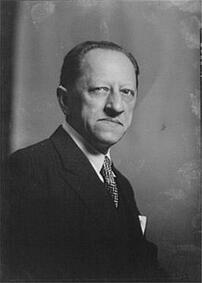 Leon Kroll. Portrait by Arnold Genthe. Leon Kroll. Portrait by Arnold Genthe. Mrs. Rose, where and when was your father born, and what led him to become an artist? MR: He was born in New York. I knew my grandmother, but my grandfather died before I was on the scene. My grandmother was a lovely lady, she was always doing either knitting, crocheting, or doing embroidery. So that might have influenced my father. Your father was the child of immigrants? JR: Yes, from Poland – MR: Well, now it’s Poland. But then I believe that it was Prussia. Because the name Kroll means “king” in Polish, but they spoke German. What was the path that he took to developing into a young artist? MR: Apparently, he was constantly drawing and seemed to enjoy doing it. Luckily, when he was in high school, he had to take German. Of course, they spoke German at home, so he really didn’t need it, but the German teacher and he did not get along, and he punched the German teacher! They were ready to throw him out of the school. But the principal liked him and said, “Okay, you don’t have to take German anymore, but that will be a free period in which you will have to draw and paint.” So that was great for him! He was happy! JR: He loved drawing, and eventually that drew the attention of C.Y. Turner – he was the president of the Art Students League of New York. Turner was a very well-known murals painter, which undoubtedly inspired my grandfather early in his career. My thought is that [my grandfather] used some good, old-fashioned salesmanship to land an internship with Turner. From meeting Turner, he began his artistic education at age 16 when he enrolled at the course of John Henry Twachtman at the Art Students League of New York. Two years later, at age 18, he entered the National Academy of Design. What influenced your father’s artistic style during those years? MR: It was strongly influenced by the French Impressionists, because he also managed to get himself a scholarship to L’Academie Julian in Paris. I think he spent about two years there [before WWI]. He was absolutely taken by [Paul Cezanne’s] paintings. And he was also strongly influenced by Pierro della Francesca. 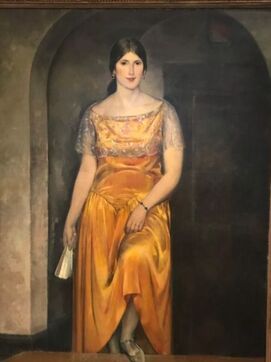 "Portrait of Mrs. Kroll in Yellow." Leon Kroll, 1933. From the collections of the Peabody-Essex Museum. "Portrait of Mrs. Kroll in Yellow." Leon Kroll, 1933. From the collections of the Peabody-Essex Museum. Eventually, he returned to the United States and worked as an artist, but then he made it back to France, where he met your mother, [Genevieve Domec]? MR: That was in 1923. He was in a marrying mood, and most of the girls he went around with thought he was too old. They suggested that he go to France, because French women tended to marry older men, probably because they were more secure, I don’t know. He [had] a friend, an artist called Robert Delaunay, [who] was a Cubist, and his wife Sonia Delaunay, [who] designed the sets for the Ballet Russe de Monte-Carlo. Dad said, “Do you know a nice French girl?” And they said “Yes, but she’s very proper.” So Sonia called up my mother, she showed up... Then mother told him, “I’m going to Malmaisson-en-Seine” – where my grandparents had a summer place – “and anybody who wants to come, come.” The only person who showed up was my father! Apparently, he impressed my uncle Pierre by being a very powerful swimmer, because my grandparents’ property was just about a field away from the River Seine, and he knew how to swim against the current. Within six weeks of knowing [my mother,] he proposed. And she married him! And eventually your father persuaded your mother to immigrate to the United States? MR: Yes. First they lived in Chicago, because Dad got a job at the art institute. And Mother said about Chicago, she just couldn’t take the cold winters, but she met the loveliest bunch of people there. There was a story, too, about the window washer – he was sort of a tip-off man for [mobster Charles] O’Banion in Chicago – who said, “You shouldn’t steal anything [from the Krolls’ home], there’s nothing but paintings!” My mother said, “We felt terribly snubbed!” How did your mother support her husband’s work? MR: She was a fabulous cook. They did a lot of adult entertaining. JR: She had good salesmanship – sales and marketing skills. MR: Oh, yes – they were constantly entertaining. So that certainly helped my father’s business. 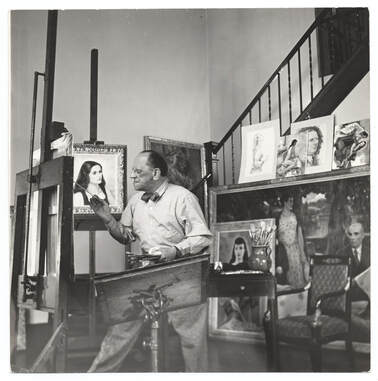 Leon Kroll in His Studio, 1931. Photo by Jane Rogers. From collections of the Archives of American Art. Leon Kroll in His Studio, 1931. Photo by Jane Rogers. From collections of the Archives of American Art. What was your father and your grandfather like in person? MR: As an artist, I would describe him as very disciplined. In the morning, he would go out and do scenery, but in the afternoon, he always had a model that he drew. Every day he drew. He took his work seriously. And as a person, I would say – he was liberal in his politics, but never a Communist. He had one experience with a Soviet-American friendship, and he left it very quickly after, he realized they were a Communist front organization, and he wanted nothing to do with them. He was more into what was going on with the National Academy of Design, the American Institute of Arts and Letters, and the American Academy of Arts and Letters. He was more into that than he was into politics or anything like that. Also I would say that as far as his Jewishness was concerned, he was not a practicing Jew. However, the one interesting thing about my father was, we were required to wash our hands before we had a meal. And also, yes, he liked his scotch-on-the-rocks before dinner, but he didn’t drink very much, and he liked good food, but he wasn’t a particularly picky eater. Of course, my mother was a superb cook. Unfortunately, she just didn’t have the patience to teach me anything. If I was doing something wrong, she would grab it from me. I guess she just didn’t want to see her beautiful work ruined.  "Appletrees, Woodstock." Leon Kroll, 1922. From Sotheby's website. "Appletrees, Woodstock." Leon Kroll, 1922. From Sotheby's website. You were born just in time for the Great Depression to hit. What do you remember from that period, and how did your father manage to keep making art? MR: I think they did have problems during the Depression, like most people did. Mother was wondering how she could support me, and she wrote to my grandmother about that, but – [shudders] I didn’t particularly like a summer I spent in France when I was six with my grandmother. My grandmother felt that I was badly behaved, so she decided that she had to apply la discipline! She was very, very strict. I can remember if I didn’t like some food, oh God, there was no end of scolding. I mean, she was just scold, scold, scold. JR: My mother never lived outside the States. [But] she moved around a lot. MR: Oh, yes. We lived in New York in the winter until I was nine. Then my father, fortunately, got to paint the murals in the Attorney General’s office. And then he entered the competition for the paintings in the Worcester Memorial Auditorium… Dad had to do the sketches for the Worcester murals, so we rented his sister Jane’s house in Bearsville, NY. I spent a rather nice year there, where I went to a one-room schoolhouse! We skated, and we skied, and there was a lot of winter sport, and also a lot of nature study – the teacher was very strong on that. And for a one-room schoolhouse, I actually learned a fair amount. Before that I’d gone to the Lennox School in New York, and I always felt I was the poor relation there. What it was like to learn in a one-room schoolhouse? MR: It was a combination of the natives, and then the artists who would want to hang around Woodstock and Bearsville and would dump their kids in the one-room schoolhouse from September to November. Then they would go back to New York…and then, come spring, [the parents] decided, “Oh, we want to go back to Bearsville, the Catskills,” and then some of the kids would be dumped into the one-room schoolhouse with all the natives. I can remember we had certain textbooks that we read and talked about, and also we had to read to the younger children. So the school, although it certainly didn’t have the philosophy of progressive education, I guess you could say in practice it was progressive education. Do you remember the details of the competition to paint the Worcester Memorial Auditorium murals, and who else entered? JR: We do know who some of the judges were. The Worcester World War Memorial Commission included Ralph Earle, George Barton, Edward Hayes, Charles Allen, George Booth – he was the Chairman – Michael O’Hara, George Fuller, John White, and Harrison Taylor. They were all businesspeople or lawyers, highly regarded citizens of Worcester. What years did you live in Worcester? MR: We came there in the fall of 1939, and we left in the spring of 1941. I can remember Dad having the radio on and hearing about Hitler’s invasion of Poland. Mother wanted to go back to France to visit her family. My father said, “No. Too dangerous. But I will sponsor one of your family to come to the United States.” So Mother’s younger brother, Claude – he was an artist, and he designed tapestries for Aubusson – he came over. He lived with us when we were in Bearsville and also when we were in Worcester. Uncle Claude was a nice guy, but what I remember about him, and that really got me angry with him, [was that] he never felt the need to learn English… I think he understood more than he spoke. Because he did have a job at the Metropolitan Museum and did all the swear words, but not much else. But he didn’t like it when he heard it from me!  Leon Kroll painting a mural in the Worcester Memorial Auditorium, 1935. Source: https://elhurgador.blogspot.com/2013/10/manos-la-obra-xxvi.html. Leon Kroll painting a mural in the Worcester Memorial Auditorium, 1935. Source: https://elhurgador.blogspot.com/2013/10/manos-la-obra-xxvi.html. Do you remember any discussion between your father and your mother regarding the decision to move to Worcester? JR: My grandmother was not particularly excited about going to Worcester. MR: No, she wasn’t. And she was very unhappy there. I think that [my parents] managed to get into the wrong crowd of people. They were just a whole bunch of very snooty WASPS that looked down on her. Mother said that when France got defeated, the snobs in Worcester wouldn’t speak to her. And I guess [my parents] just didn’t realize the fact that Worcester was a [city] that had colleges…and also that there were professional people in Worcester that might have been more accepting of her than these so-called snooty WASPS. But she did make good friends with the writer Esther Forbes, and also this crazy lady, Mrs. Snow. Mother [told] a story about Mrs. Snow, that she had the artist Paul Sample over to lunch…and she was looking at Paul Sample and saying, “Oh, those big blue eyes!” So she was always propositioning people! I can remember going to Christmas parties at Mrs. Snow’s, she’d have a nice punch and what have you, and it was a lovely party. And when I went to Bancroft, she talked to us about her trips in Europe. But Mother liked her, because the way she handled Worcester was, she just did her own thing and couldn’t have cared less what the other people thought. How did you handle Worcester? MR: Well – I did and I didn’t. The first year I spent at the Bancroft School, which was a private school, and while I learned a lot there, the children were just so mean to me! They criticized my clothes constantly, because I remember having bought clothes that were appropriate for Bearsville, NY, but not for Worcester [or] for the Bancroft School. So I was constantly being ridiculed about my clothes, and I felt that was pretty nasty. I just didn’t want to go to that school again, so I ended up at Sever Prep. Now, Sever Prep, the kids were great, everybody was nice. But I don’t think I learned as much as I did at the Bancroft School. What was the process of creating and then executing the murals? MR: He did the sketches in Bearsville, and then when he was working on the mural, he enlarged it. However, during the course of that, he fell off the scaffold and broke his leg! He went to Memorial Hospital in Worcester, and he happened to have an excellent surgeon called Dr. Johnson. He was just out of commission for about six weeks. He did some drawings and stuff in the house where we were living, and he had somebody helping him out who was also one of his models, Gloria Rathay. She was the blonde gal with the braids [in the Aud’s center mural]. And she also did secretarial work for him, so he was productive while he was laid up at the house. Was your father the only person who painted the murals? MR: No, he had two assistants, Claude and an artist called Nick Corone, helping him out. Claude did the leaves, and then Nick would do something else. Things like the trees and the leaves, the assistants did. I think [my father] did more of the people. Do you recognize any of the people depicted in the murals? MR: This lady in the foreground [of the center mural] with the black hat and the black print dress seems to look like my mother. Also, the person who is putting the wreath on the coffin of the soldier looks like Gloria Rathay, because I remember she was a blonde with braids. I can’t tell you what some of the other people were. For the sketches, some were from Bearsville, but then when he went to Worcester, he also needed live models, so he used some people from Worcester for that. How often did your mother pose for your father? MR: On-ishly and off-ishly. She didn’t like posing, because you had to sit still and not say anything. I’ve posed for him. And it isn’t the greatest of things to have to do. You had to have infinite patience and be willing to keep your mouth shut, because Daddy was concentrating. What do you remember of Gloria Rathay? MR: She lived on South Flagg Street in Worcester, and her father was a contractor, and he had built all the houses on Flagg Street. I don’t know how Dad came in contact with her, but I guess he saw her somewhere and that she had the right hair or something like that. And that while she was posing for him, she also did secretarial work for him. Do you remember any men posing for him as World War I soldiers in the Army and Navy murals? MR: No, not really. I don’t know whether the guy with the sweatshirt was Nick Corone, one of his assistants. I do know more about the naval story… My father had painted the floor of the battleship grey. And somebody told him, “No. The floor of the battleships were painted yellow.” So he had to change the color. Do you know what happened to any of the models for these murals after World War II broke out? MR: I really don’t know. Because we moved away and lost touch. Did you or your father ever visit the Auditorium after he completed the murals? MR: Once, several years after. I thought [the murals] were lovely! And certainly well-crafted and certainly well-worth saving. JR: We’re hoping you guys can put together some financing, even in this COVID situation, and hopefully restore that building to the way it was seventy years ago. Jim, have you visited the Aud? JR: Yes, Preservation Worcester hosted a fundraiser at the Auditorium back in 2013, and Julie and I went to that. So that was pretty exciting. Why is the Aud important to you? JR: It was a game-breaker for my grandfather, it really helped put him on the map. MR: Of course, he had been put on the map with the Attorney General’s office murals before that, but he got the Indiana commission and also the Johns Hopkins commission certainly as a result of [the Worcester murals]. What do you hope will happen with the Worcester Memorial Auditorium? JR: Well, we want you to close the financing, we want you to get this deal done. MR: Yes, because I think it’s certainly a beautiful mural, and it should be preserved. The Worcester Memorial Auditorium is a redevelopment project by the Architectural Heritage Foundation (AHF), a 501(c)3 dedicated to stimulating economic development in under-resourced communities through historic preservation. Follow the Aud project on Facebook, Twitter, and Instagram.
 “The preservation of the sacred fire of liberty…entrusted to the hands of the people." - George Washington “The preservation of the sacred fire of liberty…entrusted to the hands of the people." - George Washington Oscar Larsson was twenty-one when he modelled for Leon Kroll. Blonde and barrel-chested, the former high school football star posed shirtless, grasping a long pole as the artist sketched. Within a few months, Kroll had immortalized Oscar in a sprawling mural at the Worcester Memorial Auditorium. The young Worcester native is depicted receiving an American flag from a WWI soldier ascending to heaven. “The irony of all this is, [the mural] was finished in May 1941, and in December 1941 we went to war,” 98-year-old Oscar told the Worcester Telegram and Gazette in 2018. “So the flag was passed to the next generation, and I was part of it. I went into the service myself after that.” Service, sacrifice, and hope for a better world – these are the cornerstones of a building conceived and constructed during crisis. Nowhere in the Aud are these values more apparent than in the Shrine of the Immortal, the memorial hall where Oscar stands frozen in time above the names of Worcester’s WWI fallen, surrounded by painted figures whose lives also would soon be upended – and perhaps ended – by the Second World War. Created at the height of the Great Depression, in the interlude between two global conflicts, and in the wake of the Spanish influenza, the Shrine of the Immortal is at once a testament to past challenges and an aspiration for a more harmonious future. The stories it contains speak to our own tumultuous era.  The names of Worcester's fallen WWI soldiers and nurses inscribed in the Shrine of the Immortal. Photo courtesy of MassLive. The names of Worcester's fallen WWI soldiers and nurses inscribed in the Shrine of the Immortal. Photo courtesy of MassLive. The fact that the Aud was built at all is remarkable considering the dire state of Worcester’s economy in 1931-1933. The industrial city was among the hardest hit in Massachusetts by the stock market crash. Factories halted production and unemployed mill workers formed breadlines that snaked through the streets. Yet Worcester leaders pressed ahead with the Aud’s construction. They put people to work on a $2 million civic infrastructure project that anticipated the Works Progress Administration endeavors. In 1933, the completed building was dedicated before a crowd of spectators as “an enduring tribute to those whose sacrifice was sublime, a majestic memorial for the use and benefit of many generations." And use it people did. During the week following the dedication, Worcester residents enjoyed concerts and other events in the auditorium that provided brief, but much-needed respite from the anxieties of the Depression. At a time of acute financial hardship, the City leadership provided jobs to many and a space for cultural expression to all. The Aud was also intended as a space for healing in the wake of a global conflict and pandemic. Inscribed on the Shrine of the Immortal’s marble walls are the names of 355 young men and women whose lives were cut short during WWI. Many were buried far from home or lost at sea. In lieu of a grave, their bereft loved ones came to the Aud, searched for their names, and sat in reflection upon the stone benches beneath Leon Kroll’s towering murals. Morris Bailey’s family would have remembered a teenage boy who left high school and a comfortable homelife to enlist with an aero squadron; who survived two years of war, making a surprise visit home for Christmas in 1918; who was recalled into service the following year in anticipation of post-armistice violence and died in a training plane crash at age nineteen. Aurelia and Horace Wyman’s sister, Louisa, would have recalled her two siblings – a war nurse and a lieutenant, respectively – who both died of influenza in Europe, where she, herself, was also serving as a nurse. And as a new generation of youth marched off to the battlefields of WWII, those they left behind might have found solace beneath the words of George Washington, carved beside Leon Kroll’s newly completed mural: “The preservation of the sacred fire of liberty…entrusted to the hands of the people."  Detail from Leon Kroll's mural in the Shrine of the Immortal. Original photograph courtesy of MassLive. Detail from Leon Kroll's mural in the Shrine of the Immortal. Original photograph courtesy of MassLive. Though rooted in remembrance, the Shrine of the Immortal also aspired to a more peaceful and equitable future. At a time when Jim Crow and redlining widened racial divisions, the Great Depression ravaged the lives of low-income people, and New Deal-era muralists painted sanitized images of oppression, Leon Kroll depicted a world in which "people of all classes and races gathered in peace and harmony under the American flag." The people shown are laborers, soldiers, nurses, musicians, mothers. They are Black and white, young and old. Side by side, they devote their energy to building a more prosperous Worcester and their prayers to building a more peaceful world. Behind its imposing granite columns, the Aud offers guidance for our own troubled generation. It is a tangible lesson on the importance of a communal response to crisis. The building exists thanks to those who labored through financial hardship to create a public gathering space for the benefit of people they did not know. Its stones bear the stories of those who willingly risked their lives in battle and on hospital wards. Its murals envision a more just society. Ultimately, the Aud reminds us that there is work to be done in service of something larger than ourselves, and that the surest way to accomplish it – especially during turbulent times – is by coming together.
For this installment of "This Old Neighborhood," AHF decided to try something different: creating a map of Worcester shortly after this third and final establishment. We drew from a variety of eighteenth and nineteenth-century sources to reconstruct the town as it appeared in 1720. The map includes major roads, defensive garrisons, houses of worship, a burying ground, saw/grist mills, a tavern, and nineteen of the fifty-eight residences reported to have been built by that early point in the town's history. All locations are approximate.
In 1720, Worcester's population is estimated to have numbered two hundred. The town was largely pastoral, yet already saw mills and grist mills - the beginnings of industry - were appearing along the many streams that coursed through the hilly terrain. A web of footpaths criss-crossed the meadows and forests, skirting beaver ponds, many following Nipmuc routes. Some had been widened into roads, which remain important thoroughfares in Worcester today: Main Street, Plantation Street, Pleasant Street, Burncoat Street... The town quickly expanded, growing more populous and prosperous by the year. How to use the map: Click the rectangular icon in the map's upper left corner to access the key, description, and sources. Clicking on the map's individual icons (e.g. houses, horses, etc.) will cause labels and descriptions of each feature to pop up. To zoom in and out, click the + and - symbols in the bottom left corner. As the novel coronavirus shuts down stadiums and theaters across the country, one entertainment industry sees opportunity in the cancelled events. Esports, which in 2019 commanded a global audience of more than 433 million, is poised to grow as people seek socially distant forms of entertainment.
The industry's advantage lies in its flexibility. Unlike athletic games and artistic performances, esports competitions can be held entirely online, with gamers facing each other remotely in matches live-streamed to far-flung audiences numbering in the millions. The closure of schools, offices, and traditional entertainment venues in China has already led to a significant spike in esports viewership. According to the Washington Post, the esports organization Gen.G reported an increase of 18.2 percent in Chinese viewership on two of its live-streaming sites for its Player Unknown's Battlegrounds and League of Legends teams. Meanwhile, over the past week the streaming app Twitch saw increases in first-time downloads of 50 percent, 41 percent, and 26 percent in Greece, Italy, and Spain, respectively, and 14 percent in the United States, which is still in the early stages of quarantine. "There is an opportunity to expand their audiences," according to video gaming market analyst Michael Pachter, quoted in the Post. "It won't expand by 50 percent, but it could possibly expand by 20 percent." The coronavirus has, of course, presented challenges to the esports industry. In recent years, esports leagues have held live tournaments in both designated and makeshift venues, which can attract audiences in the tens of thousands. The social aspect of these often multi-day events is often as important as the competition itself. Spectators alternate between watching the professional games, playing each other, and patronizing esports vendors. Numerous tournaments have been cancelled as venues shut down over public health concerns. Nevertheless, the opportunities for virtual gaming and live-streaming promise to introduce new viewers to esports, expanding the industry's reach. A rise in the popularity of esports presents opportunities not only to gaming professionals, but to adjacent industries. Development projects like the Aud will be well-positioned to take advantage of the growth of esports once the economy - and daily life - returns to normal. 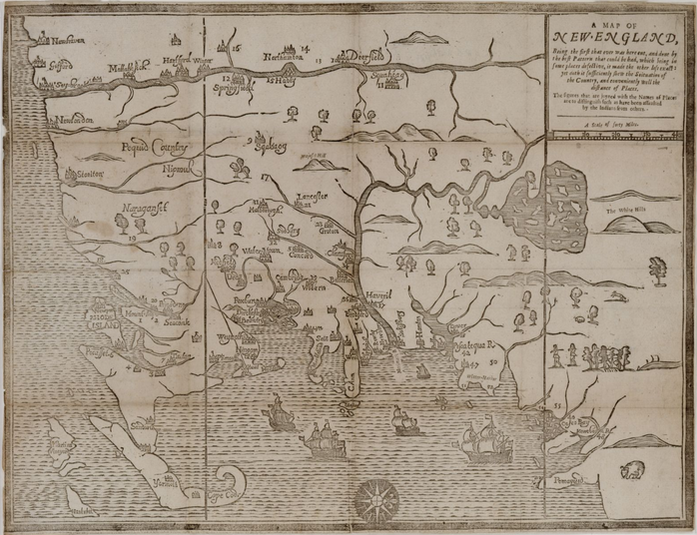 "A Map of New England," originally published in William Hubbard's "Narrative of the Troubles with the Indians," 1677. Massachusetts Historical Society. Oriented with the West at top, the map uses numbers to represent communities attacked by Native fighters - the number 17 (slightly left of center) denotes Quinsigamond Plantation. The city of Worcester got off to a rocky start. Quinsigamond Plantation, as it was called in 1675, was located in New England’s western frontier. Like other nearby colonial outposts, it had sprung up along the Boston Post Road to satisfy land-hungry colonists and expand Massachusetts territory, often at the expense of indigenous populations. The village had been purchased for a pittance from the local Nipmuc in 1674. Lots ranging in size from 25 to 100 acres had been laid out on “Indian broken up lands,” the settlers’ term for former Native agricultural areas. A two-story, wooden garrison house – the “old Indian Fort” – guarded the plantation and the approximately thirty Englishmen who called it home. Relations between the Quinsigamond Plantation settlers and the Nipmuc were initially calm, though colonial authorities tried to exert political influence over their Native neighbors. In September 1674, the Reverend John Eliot and Daniel Gookin visited the nearby village Pakachoag, where they were “kindly entertained” by sagamores Horowanninit (known to the English as Sagamore John) and Woosanakochu. Eliot and a Christianized Nipmuc minister, James Speen, preached and led a prayer service. A resident council then approved the two sagamores “to be rulers of this people and co-ordinate in power, clothed with the authority of the English government” and accepted Speen as their minister. It is unclear whether the villagers did so because they sought the colonial government’s protection or simply to humor their visitors. Whatever the case, the outbreak of King Philip’s War disrupted all efforts to forge tighter bonds between European authorities, Quinsigamond Plantation, and the Nipmuc. 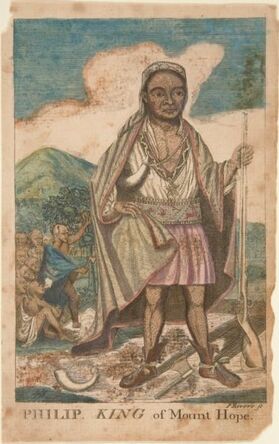 Paul Revere's imaginative depiction of Metacomet, 1772. Mabel Brady Garvan Collection, Yale University Art Gallery. Paul Revere's imaginative depiction of Metacomet, 1772. Mabel Brady Garvan Collection, Yale University Art Gallery. Largely forgotten in public memory today, King Philip’s War was the bloodiest conflict in American history. What began as a Native rebellion against English colonization morphed into a war of extermination whereby the Wampanoag, Massachusett, Nipmuc, and Naragansett joined forces to oust the colonists from the region, and the English, with the help of Mahican, Pequot, and Praying Indian allies, fought back with equal or greater brutality. Between the war’s outbreak in June 1675 and its end in August 1676, up to forty percent of New England’s indigenous population had been killed, died in captivity, or sold into slavery. Five percent of colonists had perished and 67 English towns were destroyed, mostly on the frontier. Quinsigamond Plantation was among them. Hostilities erupted in the vicinity of Quinsigamond in June 1675, when the rebellion’s leader, the Wompanoag grand sachem Metacomet (also known as King Philip), forged an alliance with Horowanninit and the Nipmuc, and destroyed the colonial town of Quaboag (Brookfield). A month later, the constable of Pakachoag, Matoonas, attacked Mendon to avenge the execution of his son by the English in 1671. The region descended into violence. Companies of English soldiers indiscriminately ravaged the villages and crops of both enemy tribes and Praying Indians, and interned captive men, women, and children on the notorious Deer Island and Long Island in Boston Harbor. Meanwhile, Native fighters razed English settlements, among them Grafton and Marlborough. Tiny Quinsigamond Plantation was soon abandoned, and many of its initial settlers, including Ephraim Curtis, joined colonial forces against the rebelling tribes. The empty village was used occasionally as a military outpost until a band of Nipmuc burned it to the ground on December 2, 1675. Upon hearing the news, the fiery Puritan minister Increase Mather interpreted it as a sign of divine wrath. The violence raged through the winter and spring, when it became clear that the English were prevailing. Surviving Natives who were not enslaved or imprisoned gradually retreated from their ancestral homelands. Sensing defeat, Horowanninit of Pakachoag village and 180 followers abandoned their allegiance with Metacomet in July 1676 and entreated the colonial government in Boston for peace. As a sign of goodwill, they captured Matoonas, executed him on Boston Common, and impaled his head nearby, as his son’s had been five years earlier. Their gesture did little to gain the colonists’ trust: of the original 180 men, eleven were executed, thirty sold into slavery, and the rest imprisoned on Deer Island (which they soon escaped). When the war ended in August with Metacomet’s death, Horowanninit and his remaining followers returned to Pakachoag to find the region depopulated. Fewer than one thousand Nipmuc now inhabited what had once been a center of tribal life.
English settlers, too, returned to the area. Quinsigamond Plantation was rebuilt between 1678 and 1686 and renamed Worcester. Houses, mills, a church, a school, and a fort sprang up to replace the ones that had burned during the war, and colonial authorities allotted land to the settlers who moved in. However, the town’s renaissance was short-lived. Native unrest resurfaced in the 1690s, and the beginning of Queen Anne’s war in 1702 sounded the death-knell for the reestablished village. Horowanninit led his fellow Nipmuc in raids against Worcester, causing its residents to flee a second time. In 1713, the English made a third attempt to settle the area. This time, they succeeded. The town of Worcester grew into a thriving city whose diversity belied its bloody beginnings. And although colonial warfare devasted the Nipmuc, they were not exterminated. To this day, members of the Nipmuc Nation call Worcester and the surrounding region home. Approaching the Worcester Memorial Auditorium from the east this week, you'll be greeted by an unfamiliar sight - a dark blue signpost welcoming you to the "Salisbury District" in capital letters. This wayfinding sign is among the first to be installed throughout the city as part of what MassLive News describes as a months-long process "to add public art and a sense of identity to some of Worcester's neighborhoods and popular locations." Artwork will eventually be incorporated to the base of the signs. In addition to the marker in Lincoln Square, the City so far has installed three others on Shrewsbury Street, Washington Square, and MLK Jr. Boulevard. The total number of wayfinders has yet to be disclosed.
The wayfinder in Lincoln Square will help to establish the future renovated Aud as the gateway between Worcester's downtown and the cultural and educational attractions immediately to the north. The marker publicly identifies a blighted corner of the city as the southeastern edge of the Salisbury Cultural District. The area includes many institutions that already invigorate both the neighborhood and the city as a whole, and which the Aud project is intended to complement. The next time you visit Worcester, make sure to stop by any of the Salisbury Cultural District's sites:
Following months of negotiations, the Architectural Heritage Foundation and the City of Worcester have executed a Land Disposition Agreement (LDA) for the Worcester Memorial Auditorium. Entering into this cooperative site control arrangement marks the completion of the first stage of last June's purchase agreement between AHF and the City. The LDA will allow AHF to advance the project to the predevelopment phase, which will entail designing modest and historically appropriate interventions to make the building handicapped accessible by contemporary standards. Our immediate next steps are to enter into consultation with Worcester's historical community, the Massachusetts Historical Commission, and the National Park Service. We are grateful to the City of Worcester for its support and look forward to continuing to work together to preserve and revitalize the Aud for communities in the city and beyond.
Jason Baker is a fan of the Worcester Memorial Auditorium - so much so that he has made two trips to document the building. On December 4, the local photographer and his colleague, Zach Menard, spent an hour exploring the Aud for the second time, capturing striking images of its chambers and corridors. He specializes in historic buildings, particularly those that are vacant or deteriorating. His goal is to create a visual record of structures at risk of demolition and to inspire viewers to learn more about the sites. "I feel like I'm keeping memories alive," Baker said in a recent Boston Globe article. In addition to the Aud, Baker has photographed another AHF adaptive reuse project, the Charles River Speedway in Boston. AHF is grateful for his efforts to draw attention to these and other historic buildings across New England. |
AuthorArchitectural Heritage Foundation (AHF) is working to preserve and redevelop the Worcester Memorial Auditorium as a cutting-edge center for digital innovation. Archives
May 2022
Categories
All
|
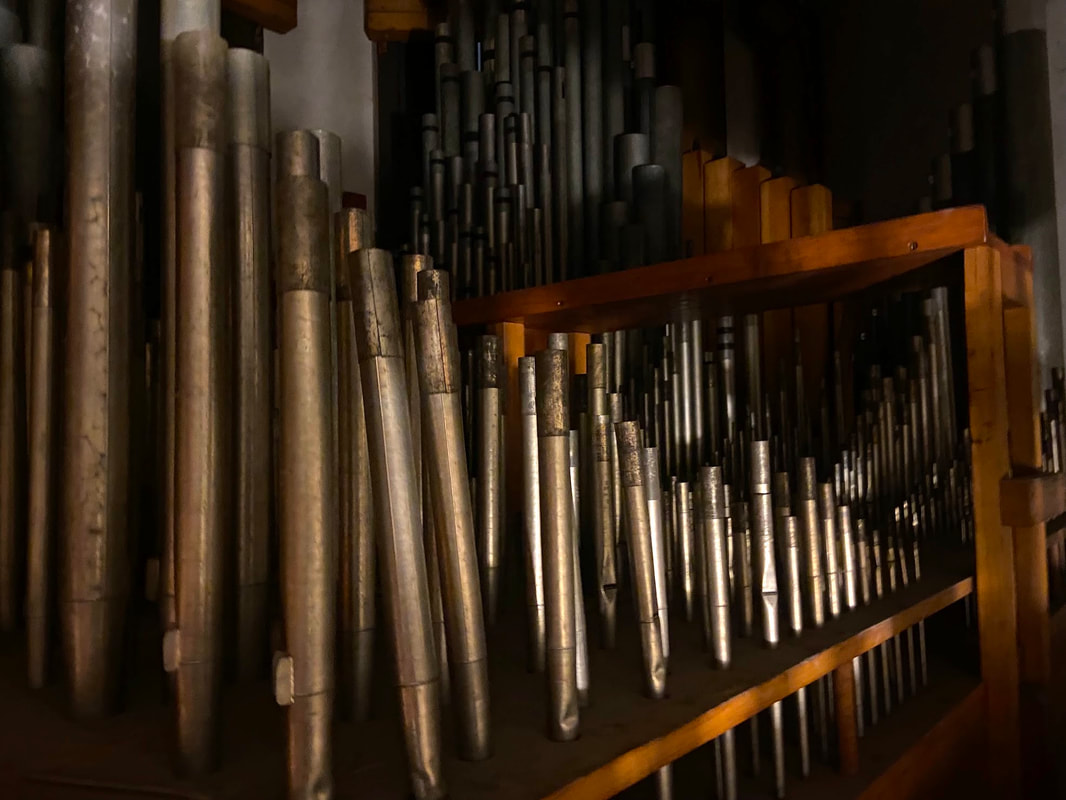
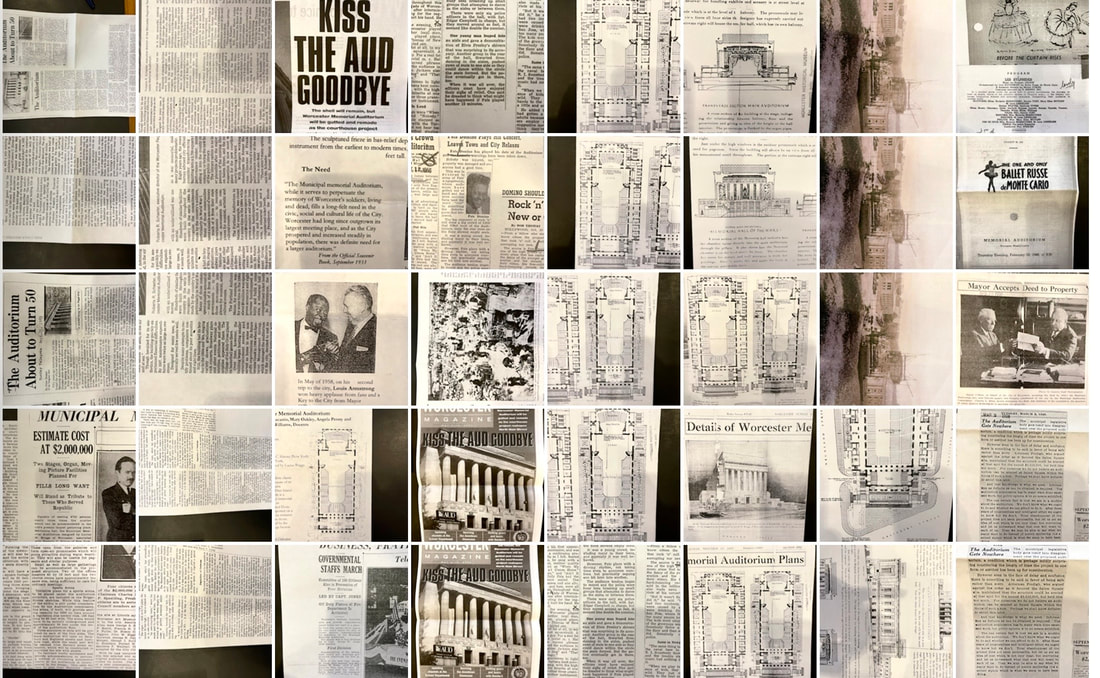
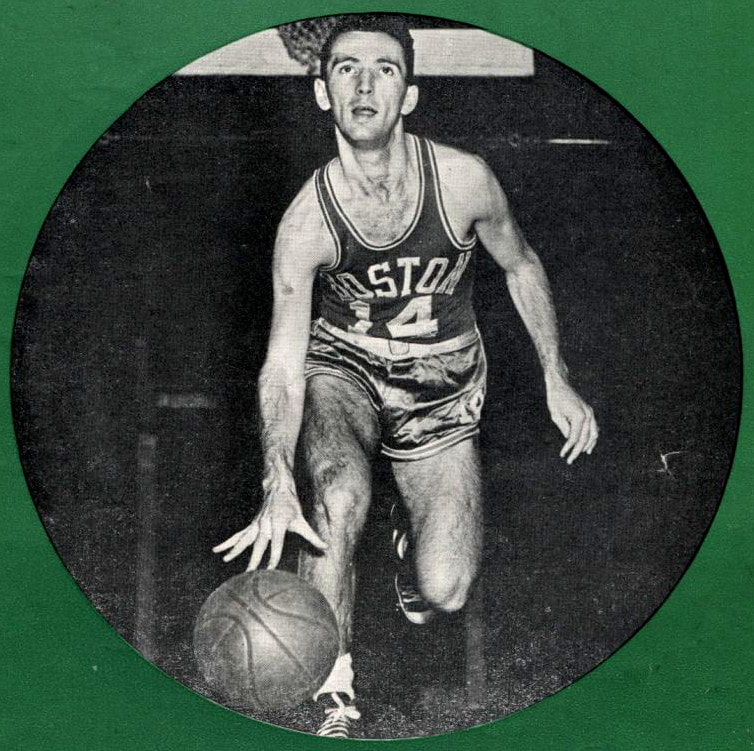
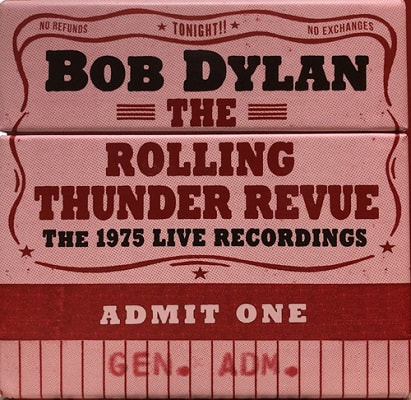
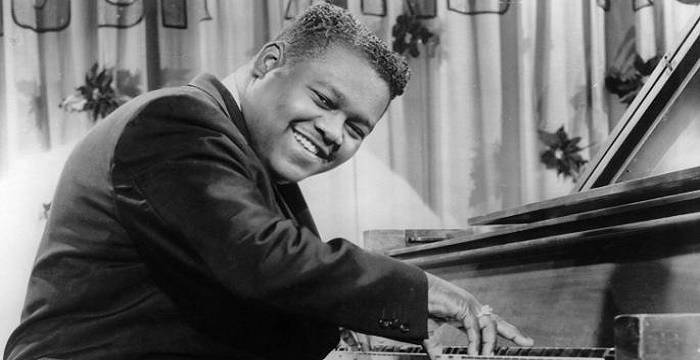

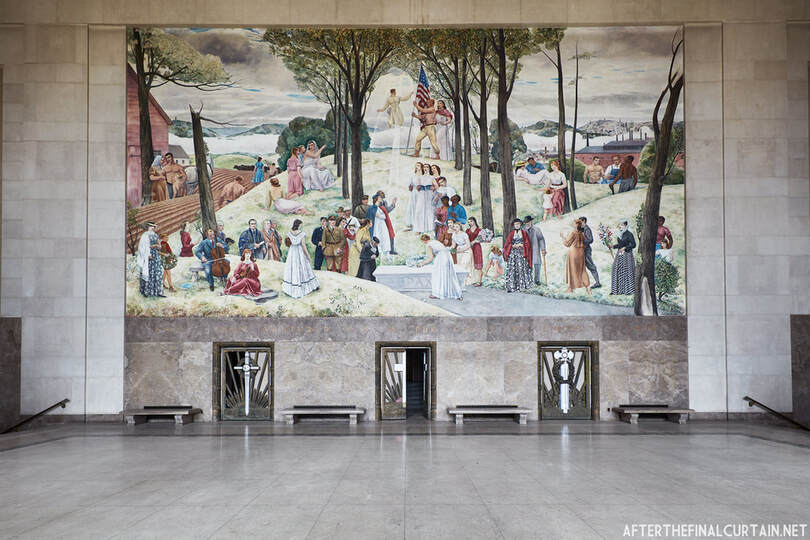


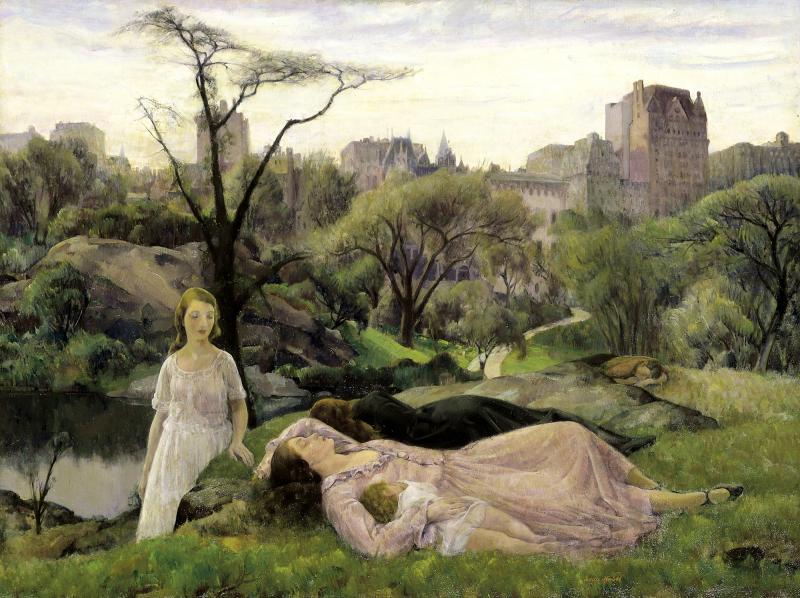

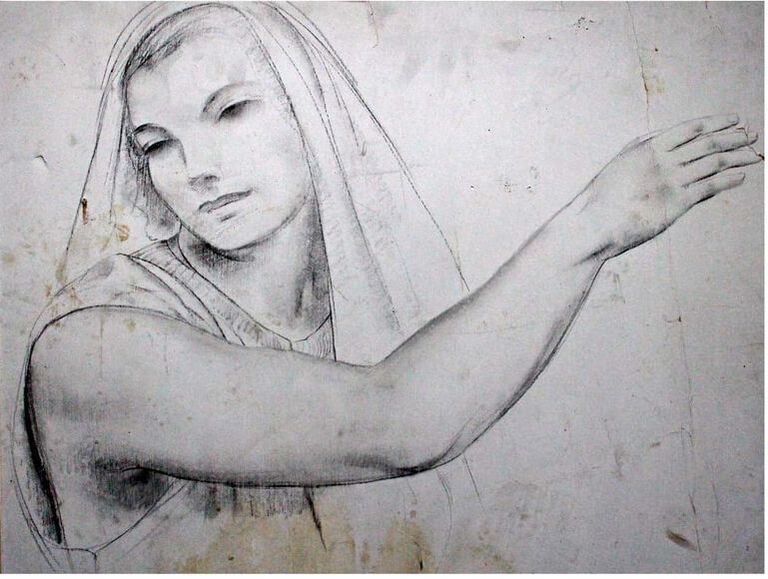



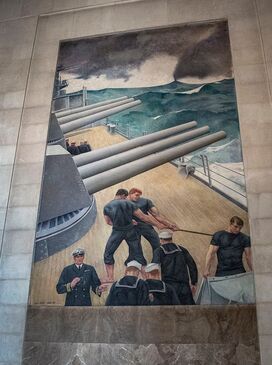
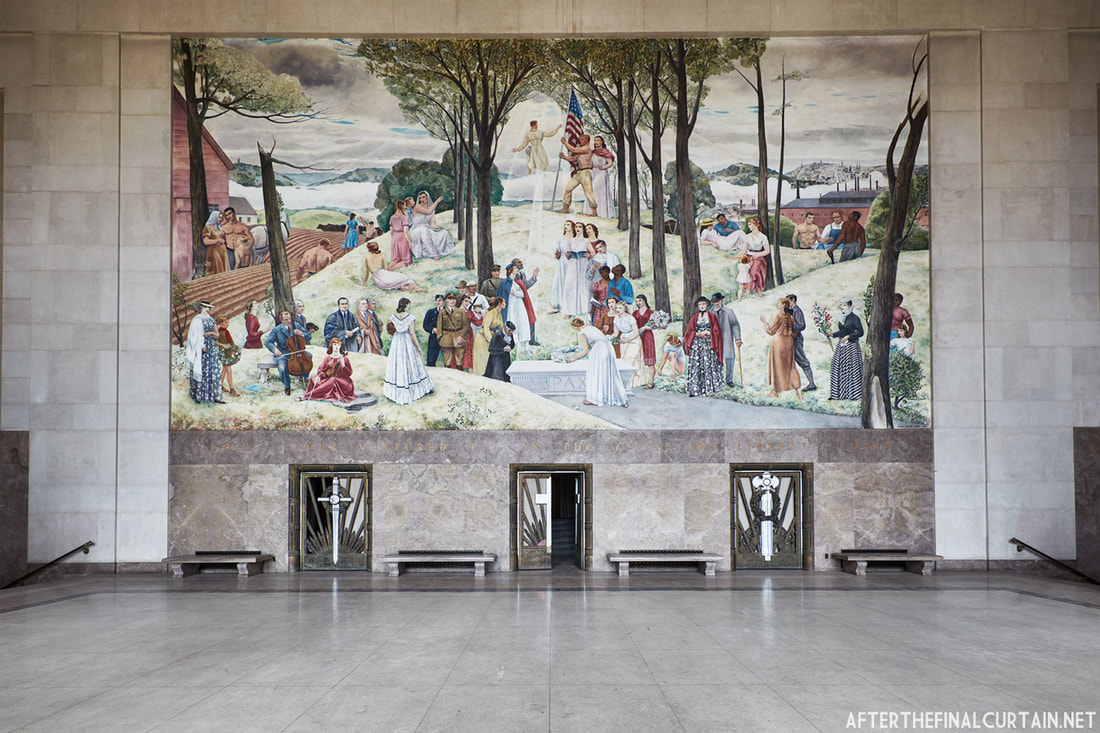
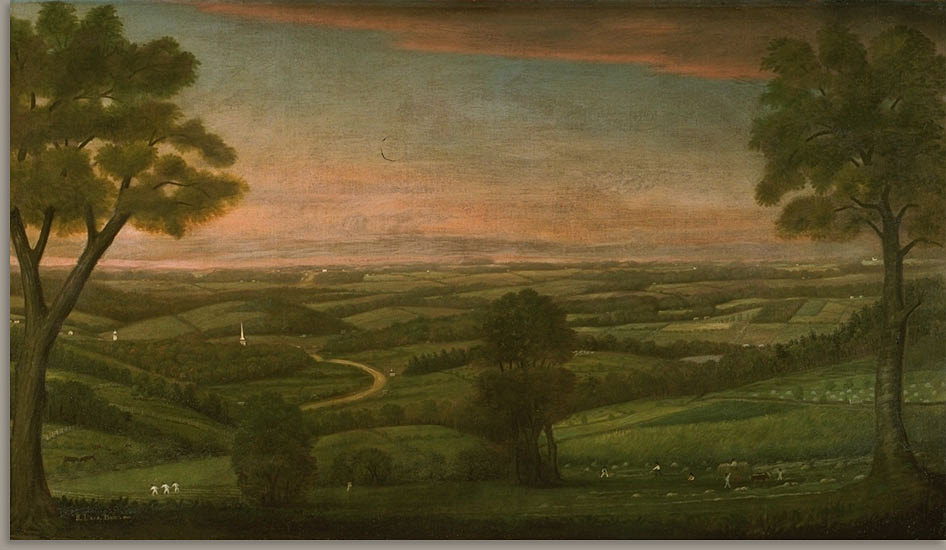

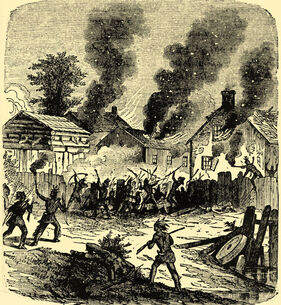
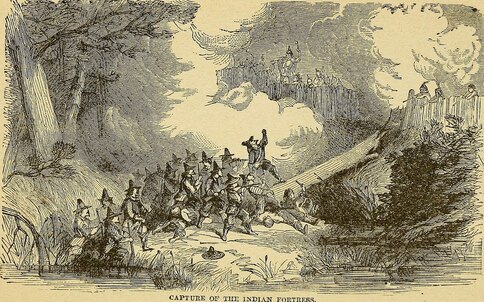
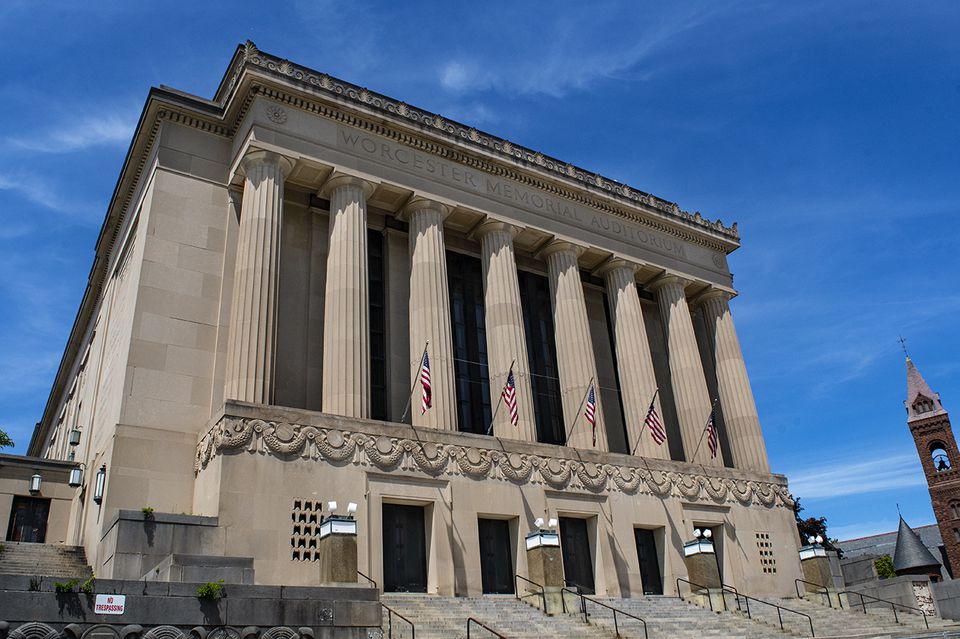
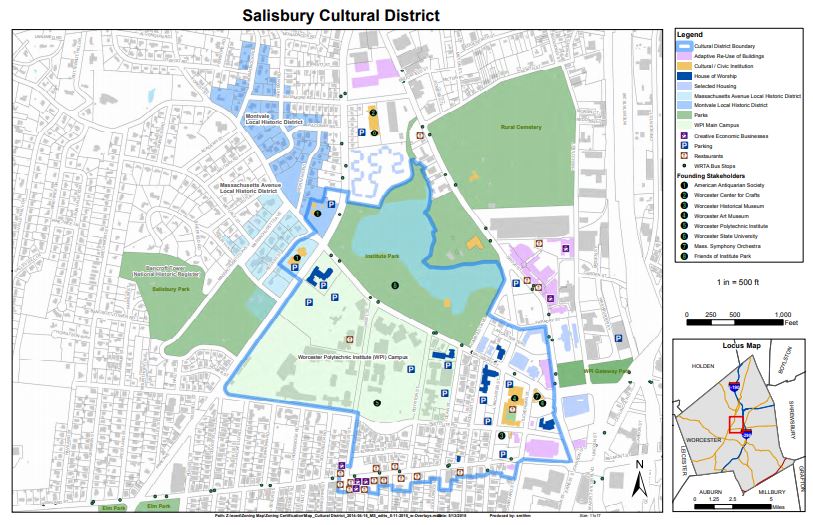


 RSS Feed
RSS Feed